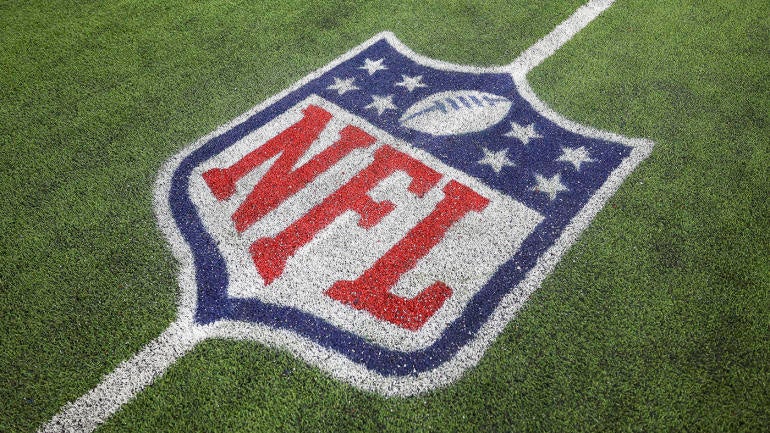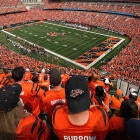
The 2024 NFL offseason is well underway, with big names hitting the open market, trade rumors circulating and free agency about to begin. But why are some players free to reach deals with new teams before Monday at noon ET, while others have to wait? How can a prospective trade be negotiated without being finalized? And what's the deal with the "tampering period?"
We're glad you asked. Here's everything you need to know about key free agency terms:
What is free agency?
Free agency is the period during which players with expiring contracts can freely negotiate and sign with other teams. It's also when teams can officially trade players or draft picks to other teams.
How does it work?
Free agency occurs in what you might call two phases: Phase I is referred to as the "legal tampering period." Phase II is the official start of free agency. Confused? Don't worry; this is how each phase works:
- Legal tampering period: This is when any player with an expiring contract is permitted to communicate with and/or negotiate a contract with all 32 teams through certified representation (an agent).
- Free agency: This is when players and teams can also officially finalize a negotiated contract.
The only exception: Players are always permitted to speak with and finalize contracts with their current team. If this occurs before the legal tampering or free agency periods, other clubs are no longer permitted contact.
When does it start?
The legal tampering period begins March 11 at 12 p.m. ET. Starting then, any player with an expiring contract can begin speaking with other teams through their representation. A good portion of the highest-profile free agents usually agree to terms on contracts during this period, though deals are not official -- and, on rare occasions, may not come to fruition -- until ...
Free agency officially begins March 13 at 4 p.m. ET. This means that any contract negotiated during the legal tampering period can now be submitted to the NFL to be finalized. Free agency then runs for the duration of the next NFL season, meaning any player without a contract can be contacted or signed throughout the entire 2024 campaign. Restrictions only go back into effect for the next offseason.
Why can some players change teams now?
Because the restrictions around free agency only apply to players with expiring contracts. Technically, those players' contracts do not expire until free agency begins. For example, quarterback Kirk Cousins is currently one of the top scheduled free agents. But he officially remains under contract with the Minnesota Vikings until March 13 at 4 p.m. Until that point, he cannot officially sign a new contract with any other team.
Players released from existing contracts are another story. Lots of teams release players before free agency as a way of clearing salary-cap space. One notable example this offseason is Denver Broncos safety Justin Simmons. If Simmons had been a pending free agent, he would've needed to wait until March 11 to speak with other teams, and March 13 to finalize a deal. Because Denver terminated his contract, which ran through 2024, he is now already free to sign with another team.
What about trades?
Everything works the same with trades -- they cannot be finalized until free agency begins March 13 -- except for the negotiating part. There is no real restriction on when teams can discuss or even agree to a trade. For example, the Los Angeles Rams reportedly first agreed to acquire quarterback Matthew Stafford from the Detroit Lions via trade in late-January of 2021. The trade could not be finalized, however, until the start of free agency that March.
![[object Object] Logo](https://sportshub.cbsistatic.com/i/2020/04/22/e9ceb731-8b3f-4c60-98fe-090ab66a2997/screen-shot-2020-04-22-at-11-04-56-am.png)


















